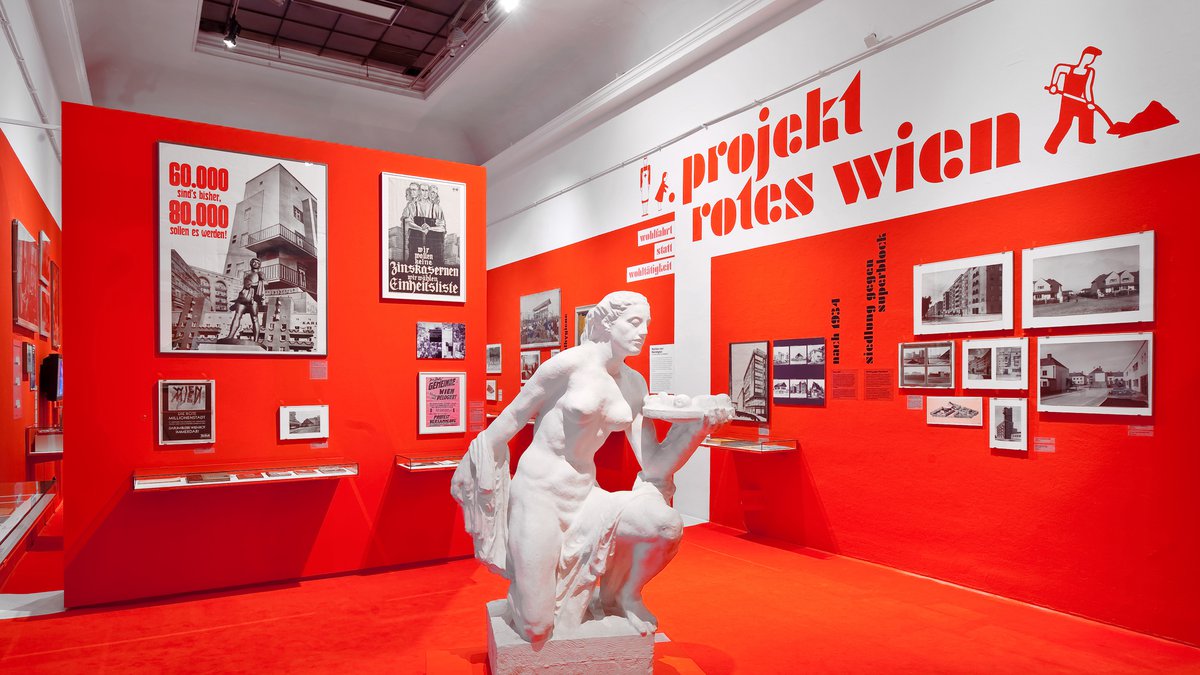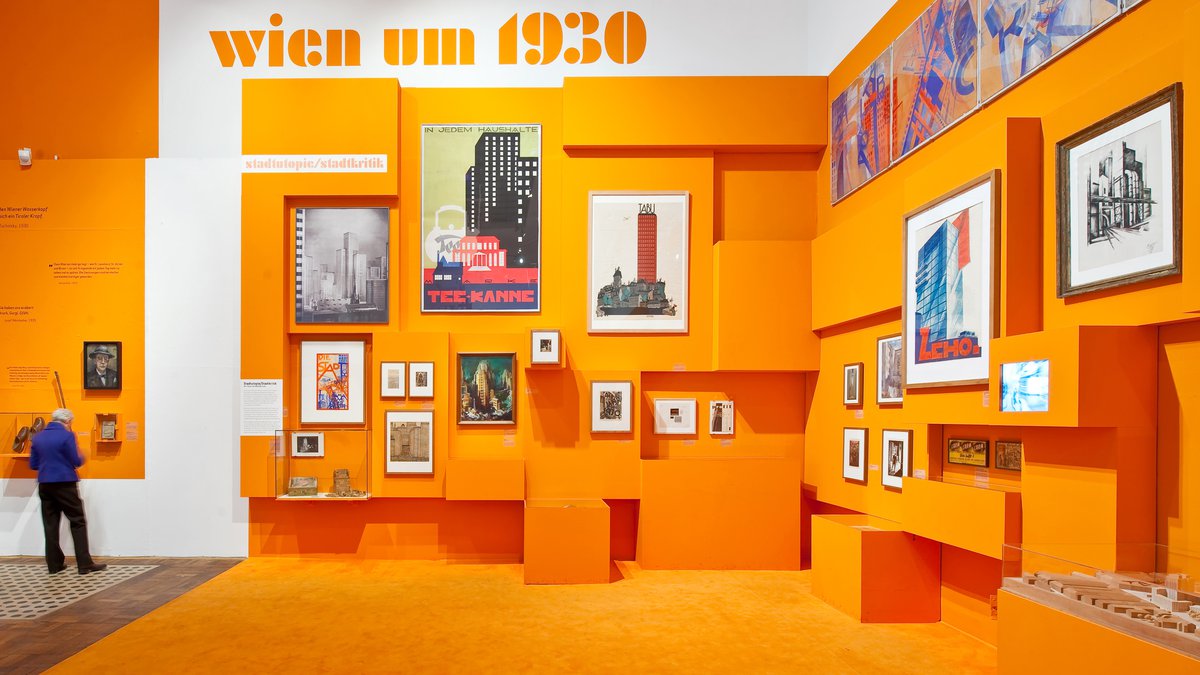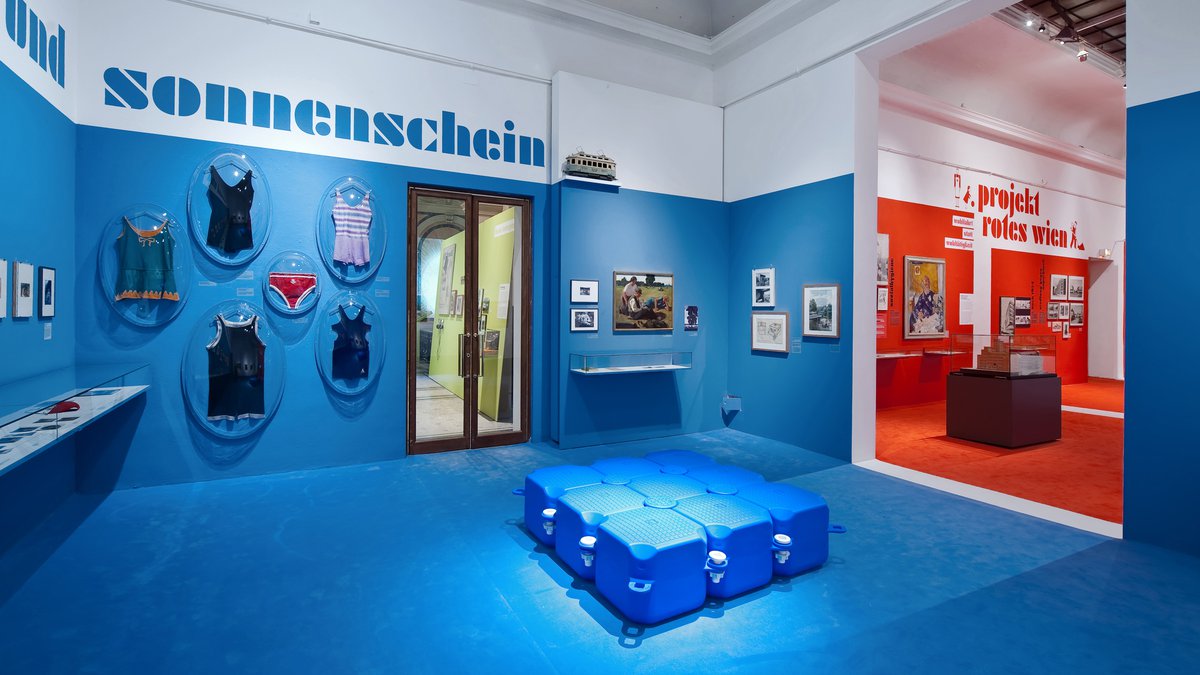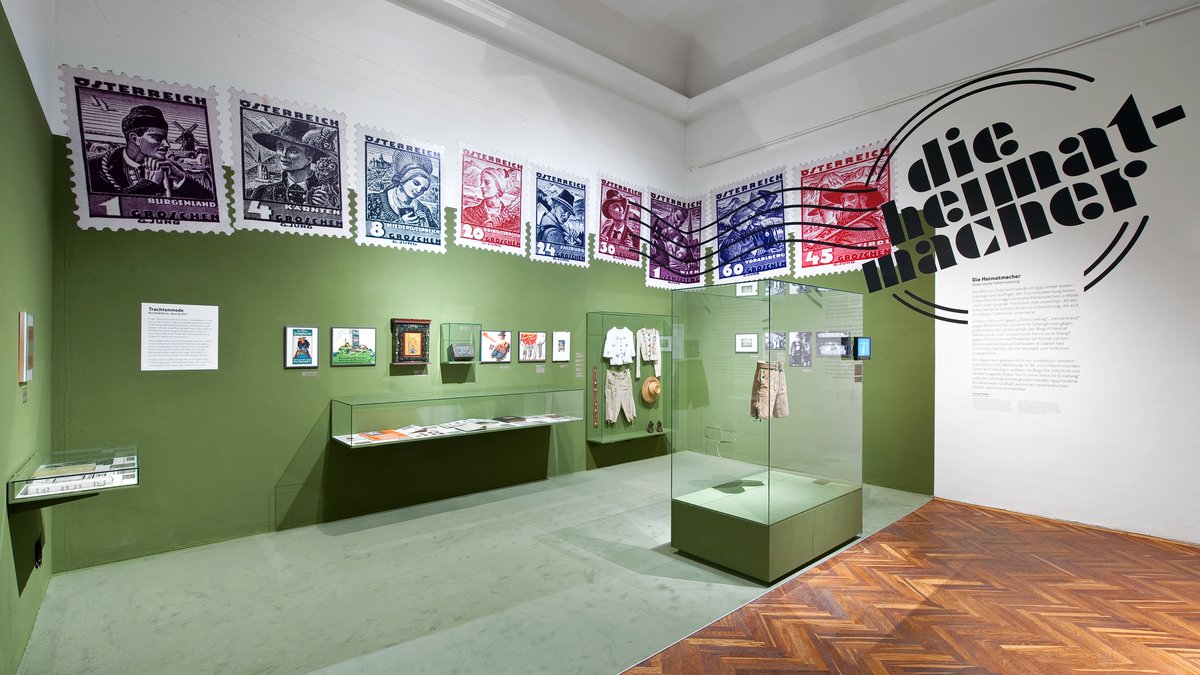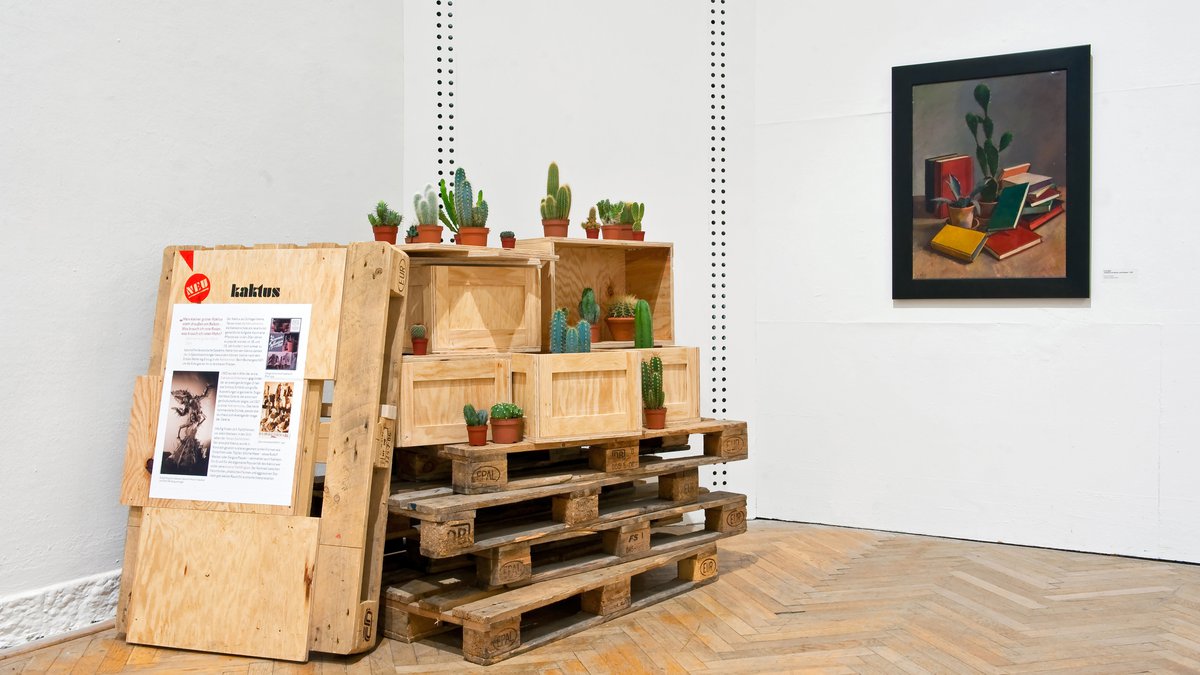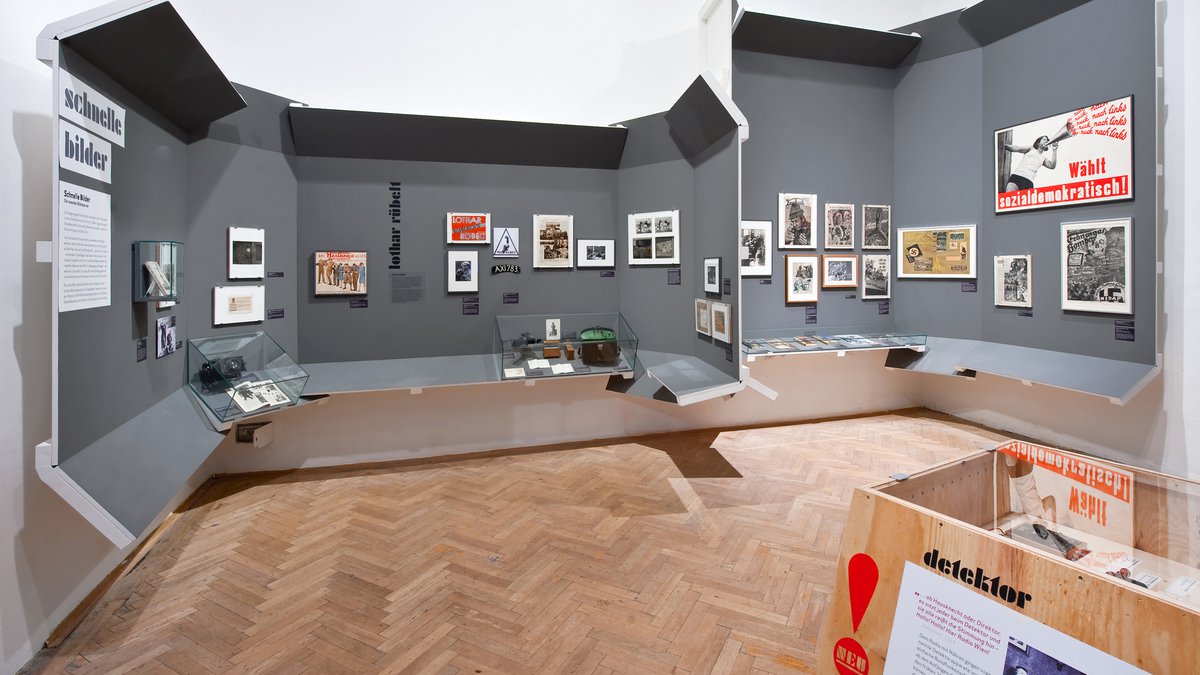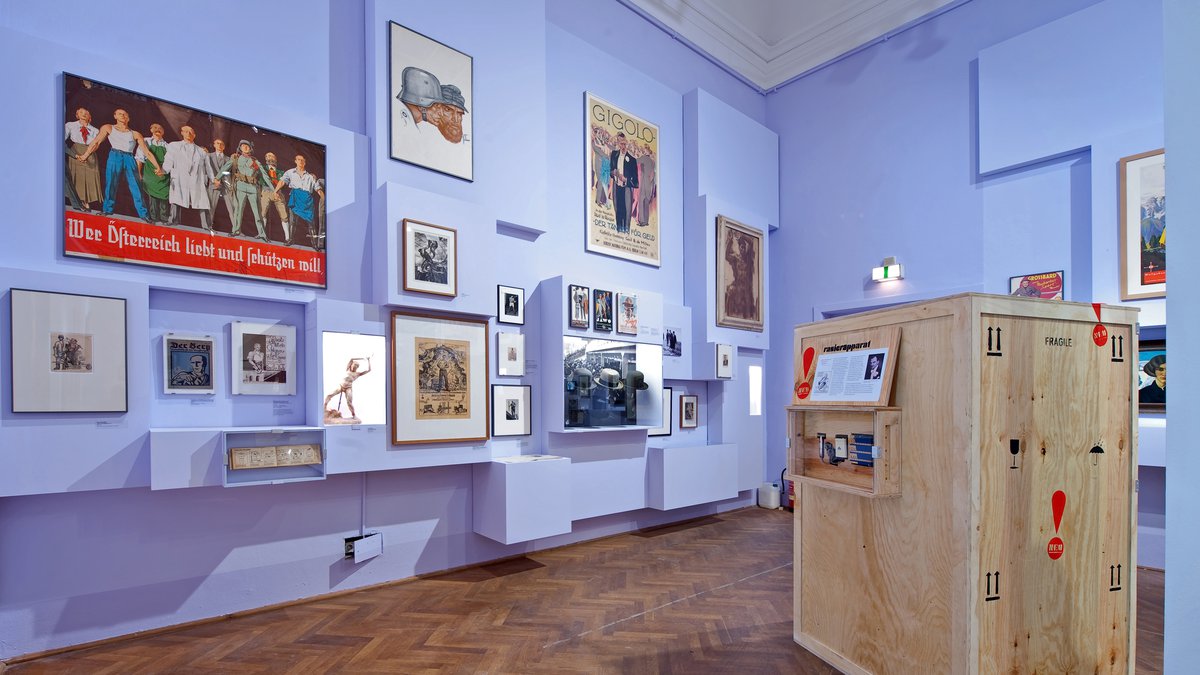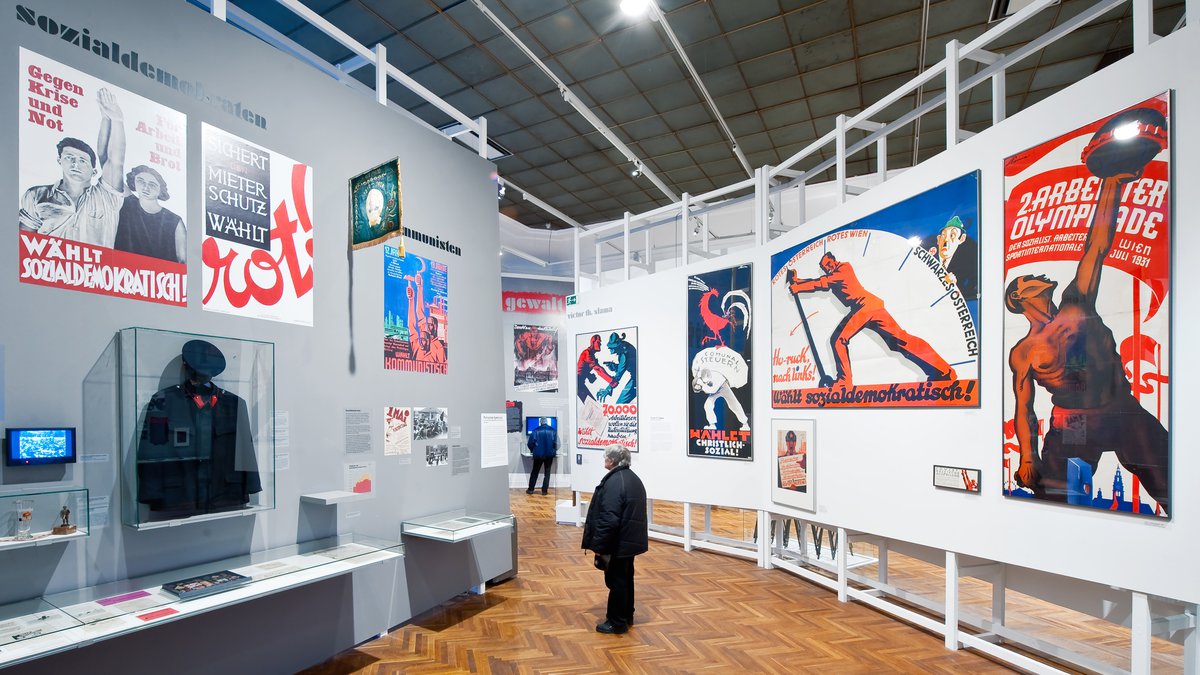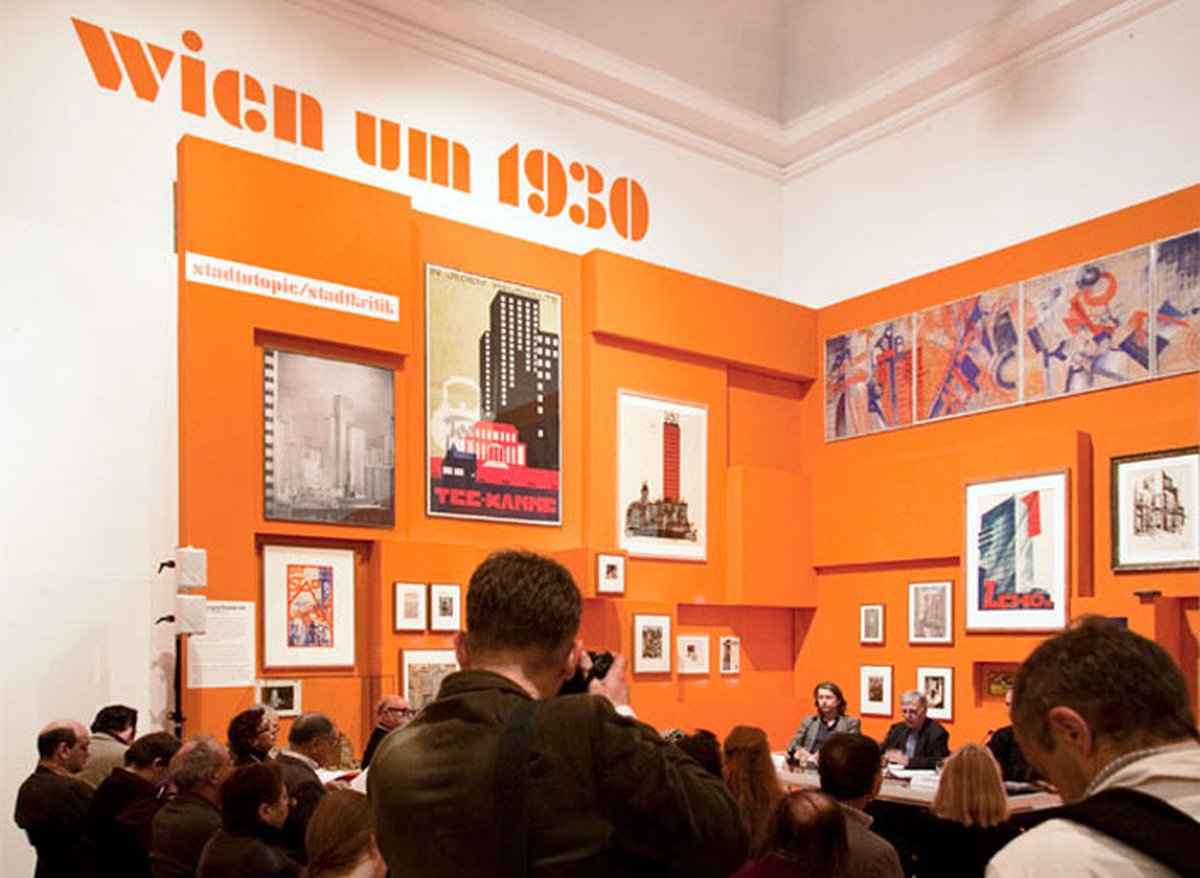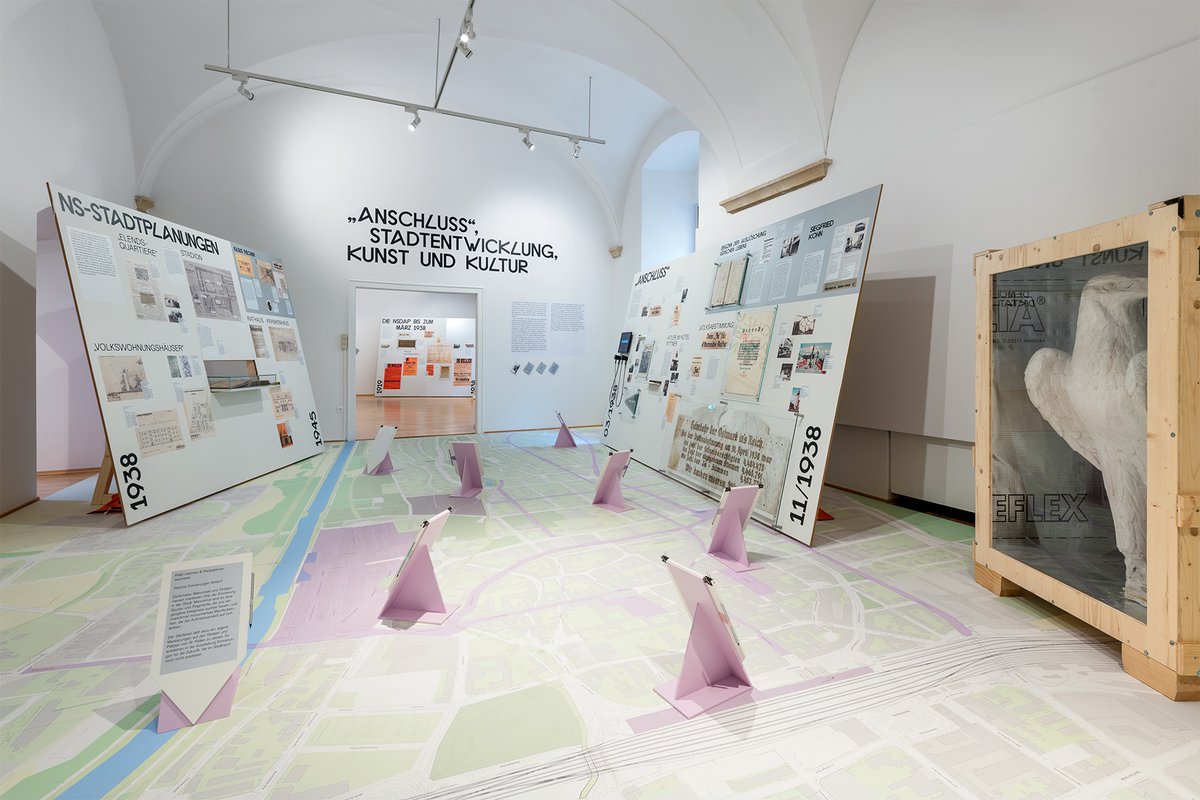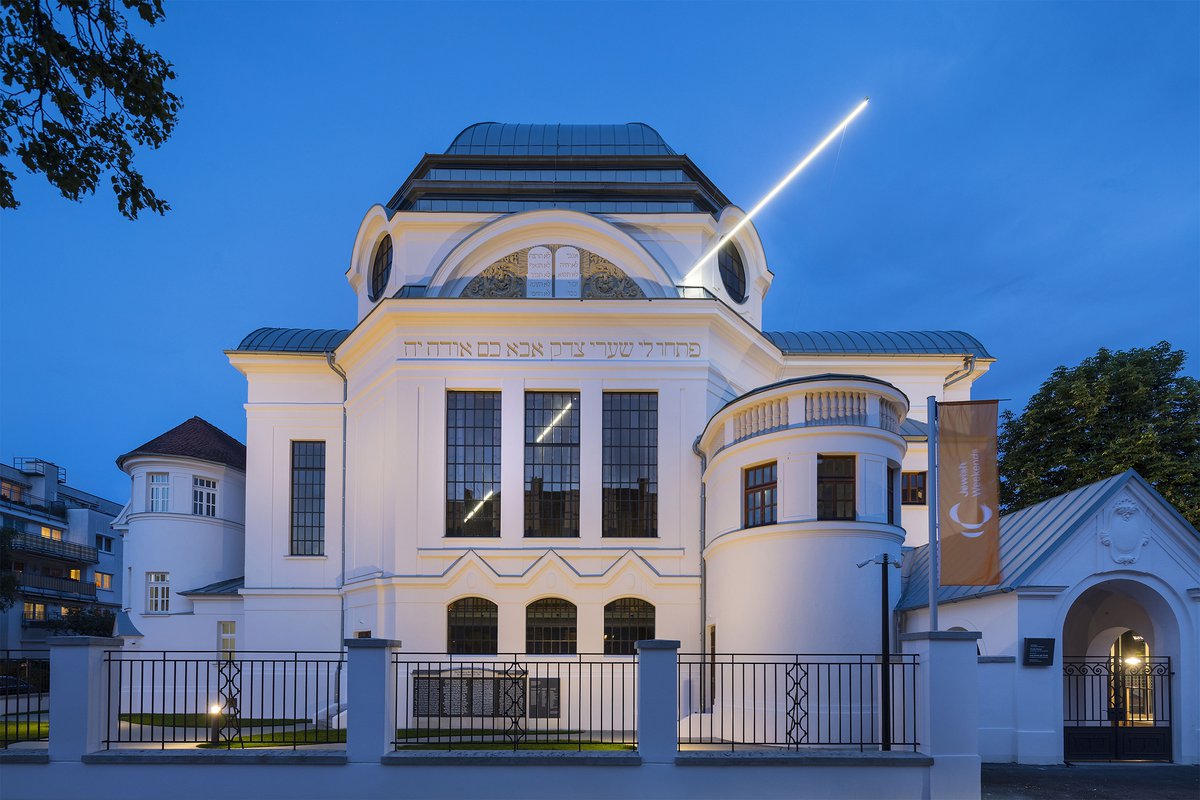"The Struggle for the City", Künstlerhaus Vienna
Sophisticated colour concept.
One of the largest historical exhibitions for the Wien Museum was brought into the appropriate modernist form with the use of strong colours.
At the end of 2009, Wien Museum presented “The Struggle for the City”, one of the largest historical exhibitions in recent times, at the Künstlerhaus in Vienna. The exhibition provides insight into 1920s and 30s Vienna, highlighting the competing themes of democracy and dictatorship, avant-garde and provincialism, awakening and resignation.
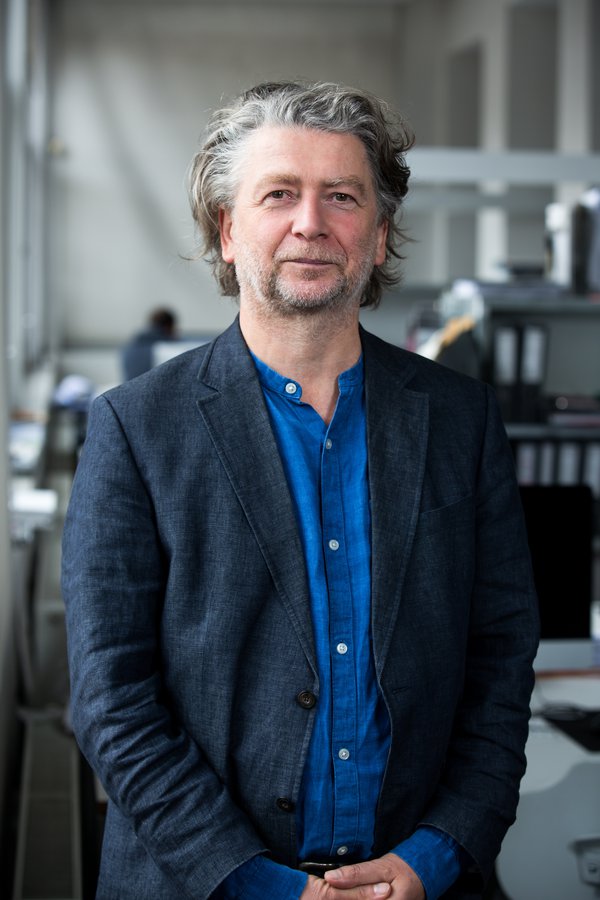
Three-dimensional “cluster walls”, like spatial collages, illustrate simultaneity and dissonance in topics such as urbanity, homeland, etc.Johann Moser
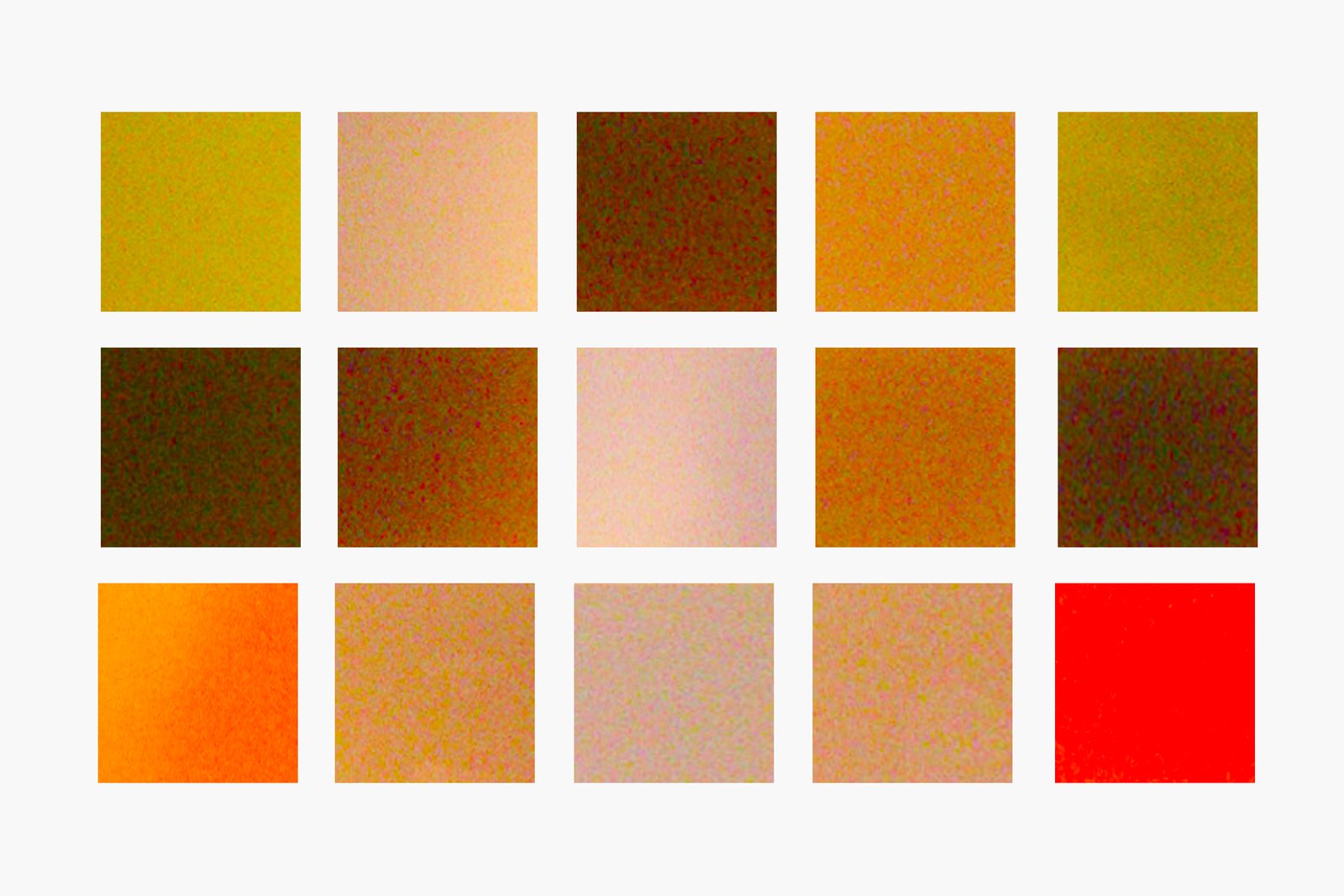
Defined colour spaces
Owing to the wide range of themes and the heterogeneity of the 1,800 exhibits, BWM’s main focus was on developing a system that could effectively illustrate the disparity of the political and social currents of the time. The whole exhibition was built like a walk-in book with four chapters, where each chapter was defined by just a few design elements. A specific colour scheme was used for walls and floors. The colour spaces created by carpets in the same colour define the exhibition’s rhythm and illustrate the social fault lines and areas of conflict without pedantry. In addition, they serve as a (supposedly) reliable framework for the various topics. In concrete terms, where the first floor boasts a sense of perpendicularity, the ground floor, which focuses on the economic crisis and large-scale unemployment, seems to go off the rails: blocks of colour seeming to slip out of place and crooked surfaces represent the social uncertainty of the time. Partition walls reminiscent of temporary scaffolding and wooden boxes underline the exhibition’s modernist look.
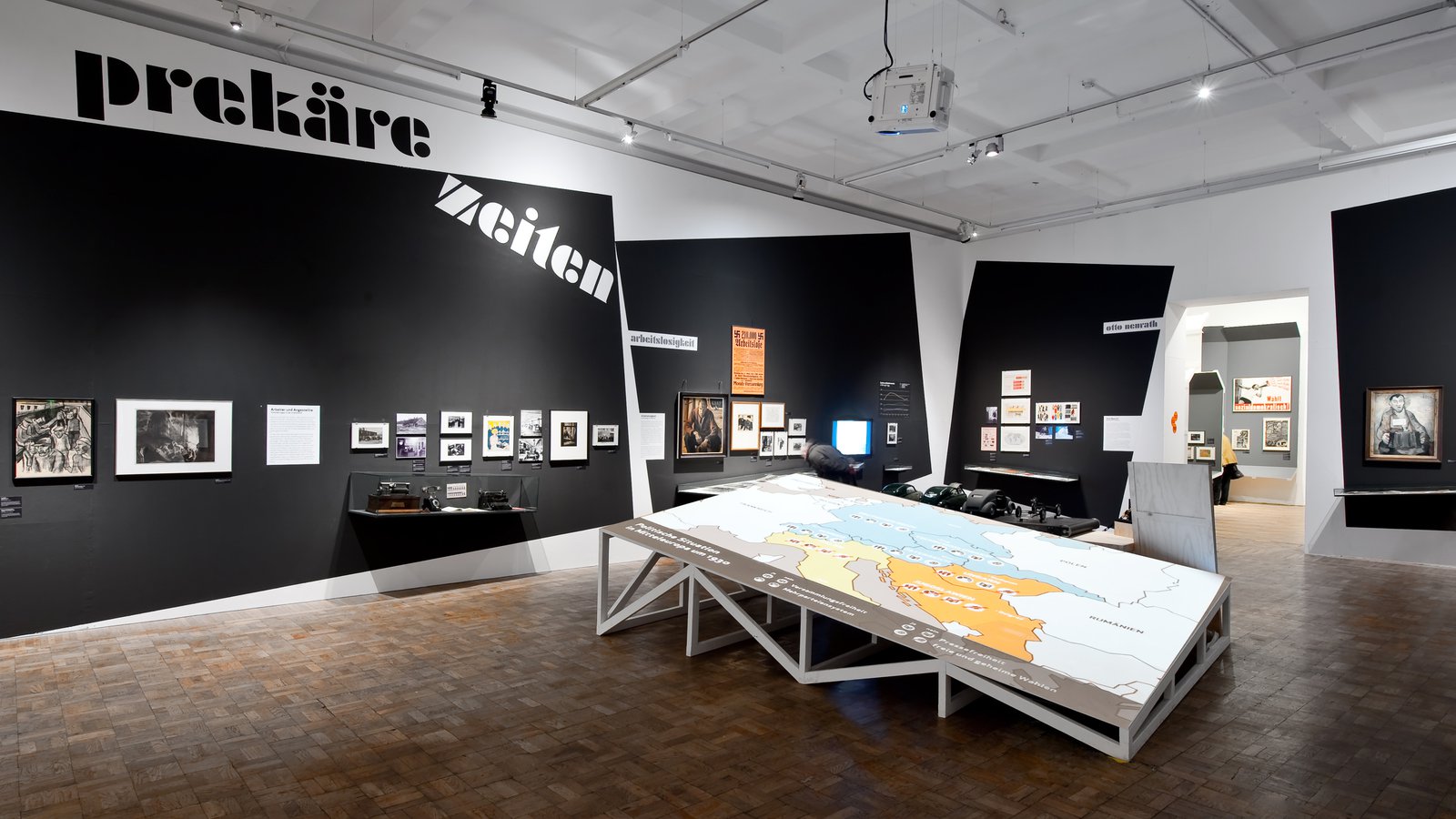
Conscious interruptions
Every now and again, BWM deliberately interrupted the narrative flow of the exhibition, which was curated by Wolfgang Kos. Three-dimensional “cluster walls”, like spatial collages, illustrate simultaneity and dissonance in topics such as urbanity, homeland, etc. In addition, compact cameras, traffic lights and neon letters – the latest innovations at the time – are displayed in transport crates throughout the exhibition and provide insight into the rapid technological developments during that period.
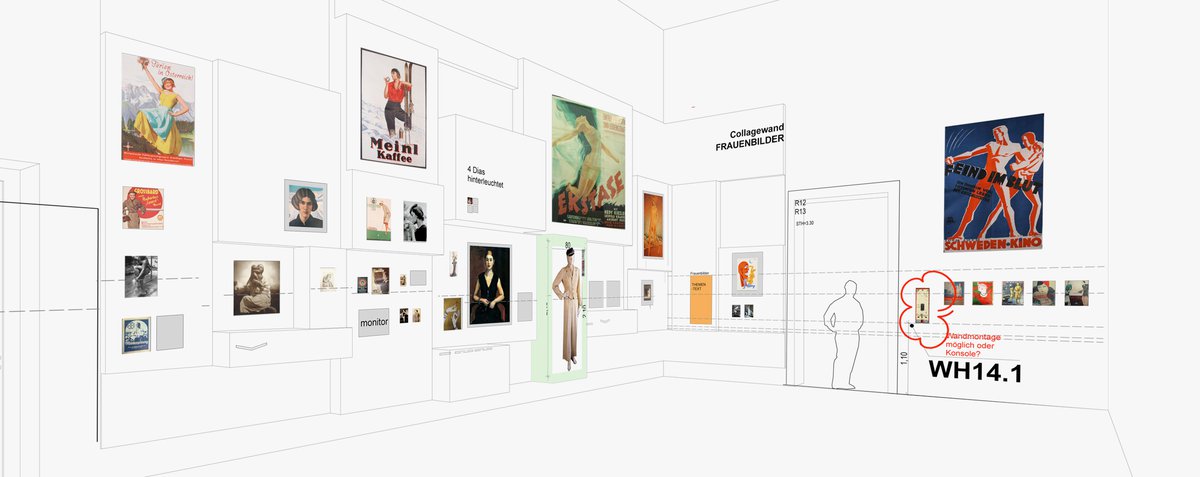
Task
Exhibition design for one of the largest historical exhibitions in recent years for the Wien Museum
Status
Completion
11/2009
Location
Wien, Österreich
Client
Museen der Stadt Wien
BWM Team
Christoph Panzer, Sanja Utech
Image credit
Klaus Pichler
Wien Museum
Participants
Exhibition curator
Wolfgang Kos, Niko Wahl
Exhibition design
BWM Architekten
Exhibition graphics
Erwin Bauer, bauer – konzept & gestaltung
Exhibition construction
ARTEX Art Services GmbH
